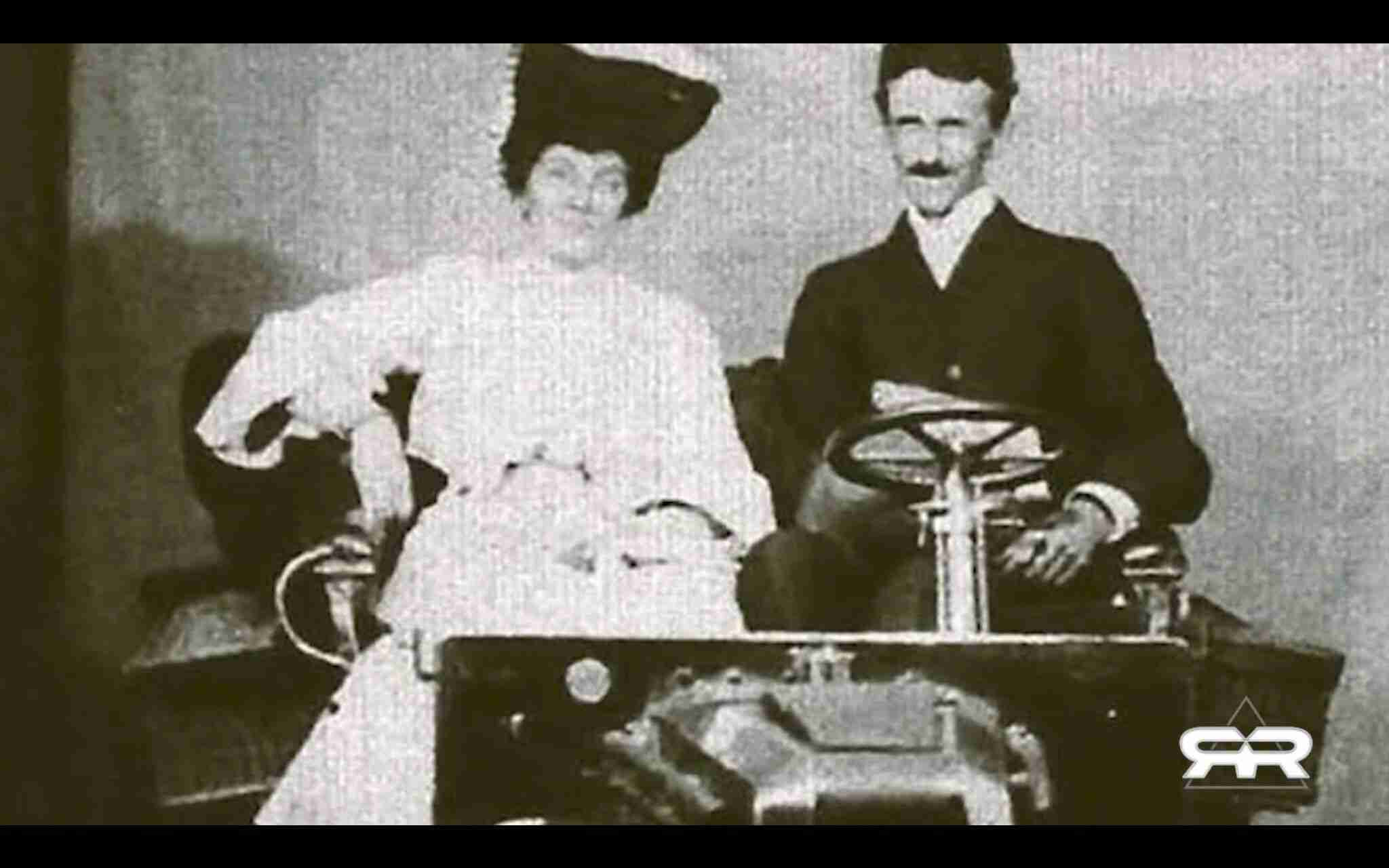People all over the world are moving forward with the creation of many types of free-energy devices--despite the state continuously trying to stop them.
As the story goes, Tesla was said to have built an electric car called the Pierce-Arrow, which had an antenna sticking up from the back--way back in 1931, which he drove from New York City to Buffalo, New York and which was said to have had an average speed of 94 miles per hour. It didn't run on any storage battery, but instead something else that allowed you to run it as long as you wanted, requiring only replacing a small fouled-zinc plate every 500 miles or so.
How he did it has been worked out. He was tapping into what he called radiant energy; you've seen the pictures of him sitting under hundreds of arcs off electricity all around him. Recently, other people call it the aether, or reactants. Modern science referrers to it as 'the resistance'--such as the electrical resistance of a wire. And the reason modern textbooks call it resistance is to keep people thinking backwards about what it actually is--which I suspect was intentional.
This stuff is the dominant energy of the universe and is a kind of dishevel confusion of proto-energy, and to be able to use it you've got to bring all the 'ingredients' for it together to make the 'pie' or you just won't ever have a pie because it dissolved back into the proto-state.
People in this industry call this proto-energy useless, because you can't spend it, and if you can't spend it you can't use it.
But ingenious people have been able to figure out ways to 'spend' it and thus be able to use it. That's actually what the antenna on the back of Tesla's car was doing; it wasn't collecting or capturing energy from the aether as most people first assume: it was 'spending' or 'getting rid of' the excess energy which would otherwise foul the circuit, and keep it from ever working.
This is the basics of it: let's say you have a circuit. The first ingredient you need for it to work is a very small amount of wattage to kick-start it--the amount dependent on the size of the circuit (we're talking like 3 watts for a circuit that will generate 50,000 watts, or like micro-watts for a circuit to run a blender or toaster).
The next ingredient is a means to 'spend' the excess energy that will be generated--for some reason, grounding doesn't work for this circuit.
The guy at the site below figured out a way to use an iron-core transformer to 'spend' the excess power for his circuit.
And the last ingredient you need is a way to control/limit the amount of free-energy that will be generated, otherwise it will blow up in your face. Because, you see, what happens in his circuit, for example, is that the three watts is only used to get the circuit going, anymore and you 'choke' it like you can choke an engine, which will result in its never running. But, also, the 3 watts doesn't power anything after the starting--it's only used to initiate a 'momentum' and it is that momentum that then goes on to power the rest of the process.
So once you have the 'momentum' going so-to-speak, the amount of power generated takes off logarithmically--literally, it just takes off! Meaning, it doesn't scale up at a flat gradient, no, it is logarithmic and scales up faster and faster and faster. This is why it will blow up in your face if you don't have the ingredient to limit/control the amount to be generated.
How much can you generate? As much as your circuitry is built to handle. It appears limitless--it is the stuff of our universe. So, if you wanted to power a city, you would build the circuit that could handle the load, adjust the 'starter' wattage amount appropriately...and that's it--you have power that runs that city, forever.
It's just that simple--and this is what the state Patent's Office was actually created for--to keep it from you.
https://teslapiercearrow1931.info/


